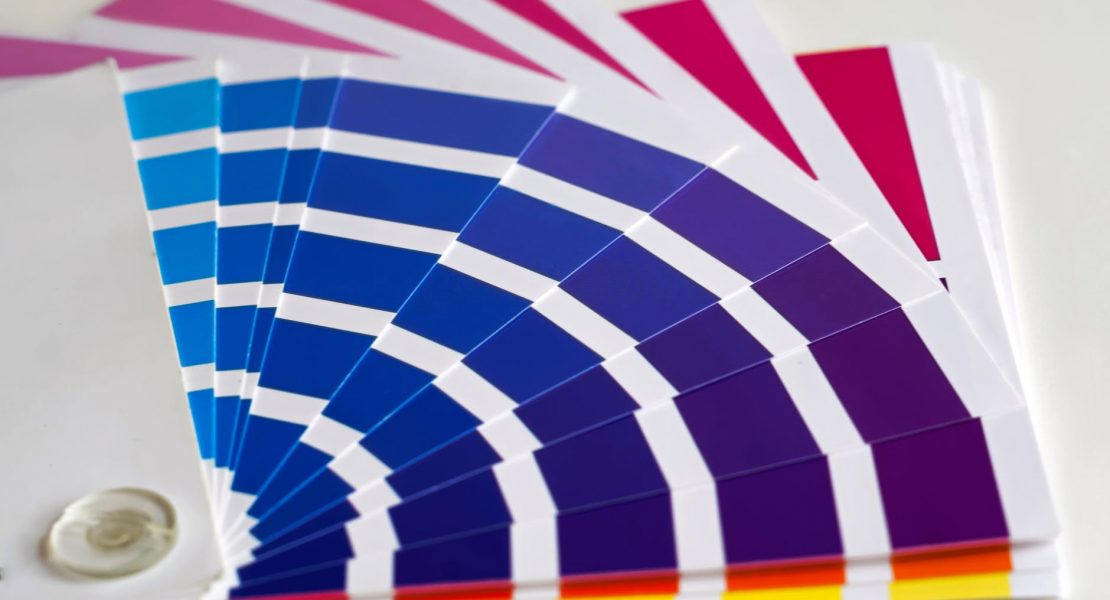People often question whether print media is a dying industry. However, with the rise of digital media, this couldn’t be further from the truth. As new digital methods continue to expand and grow, some believe this could be the end of traditional media as we know it. In the debate, one side claims that digital is king, while the other insists that traditional media still holds appeal. Both arguments have merit, but the idea that print is dead is mistaken.
The reason as to why print media has remained in everyday society is due to its reliability to deliver results. Consider that 80% of people never click on an online banner ad. With more competition and taking up more of your marketing budget, is it worth it for that small 20% of the population who will actually click on your ad? Print media offers the receivers something to grasp in their hands, something real.

Why print media is effective
According to YouGov, print media is very much alive and, it’s thriving with magazines — with 63% of adults in the UK still reading. When this was compared to online magazines, only one in ten adults regularly read. With monthly magazines from big names such as Vogue, Cosmopolitan and Elle; the best way to get your advertisement noticed is through monthly magazines.
Regardless of industry, print media is beneficial to any business and this can range from new cafes or shops opening locally. Considered as a trusted source for news and other information, print media continues to generate engagement from versatile and creative publications.
Print media is often the cheaper option and it allows businesses to be more creative which will undoubtedly, bring more custom. From leaflets to magazine advertisements and local newspapers, your campaign becomes tangible for the reader. Giving your audience something physical to hold in their hands and read brings your campaign to life and into reality — for audiences, what they are holding is something real to engage with. A digital advertisement can disappear in seconds into cyber space, but a magazine, newspaper of leaflet can stay in houses or offices for months.
With digital platforms becoming popular, it’s harder for businesses to get the attention they deserve as advertising spaces are becoming more crowded — print media is the opposite, there’s plenty of space to get your message across.
Advantages for the local economy
Although digital media sometimes takes the spotlight, print is still contributing to the economy. Local newspapers are one of the biggest contributors. In the second half of 2014, the London Evening Standard paper circulated 824,515 copies, an increase of 21.9% from the previous six months — whilst smaller regions, such as the Sunderland Echo (18,876) and the Birmingham Mail (30,597), were amongst the worst performing titles. But, they still circulated in the thousands during this six-month period. There is clearly still a market for regional papers despite the rise of online news platforms. The locally paid-for newspaper publications help to put money back into the region.
More takeaway restaurants are popping up around communities, and print media is helping them bring in sales. As new businesses open around the region, leaflet distribution is one of the best ways to spread the word. Whilst some people consider direct mail to be a bit of nuisance, it makes people aware that you exist and there is a reason why the method is still being used — it is a trusted and traditional form of marketing. For new business, it draws locals towards your business. Food and dinner trends have evolved too, meaning more and more people are choosing to eat out or order takeaways instead of having a traditional, family homecooked meal.
As more people are eating takeaways and dining in restaurants, leaflet delivery has proved effective when takeaways are displaying their own menu to help remind consumers of what they have on offer. And of course, this leads to a return in money for the businesses that have invested, which improves the rate of successful economic development in the local area.




